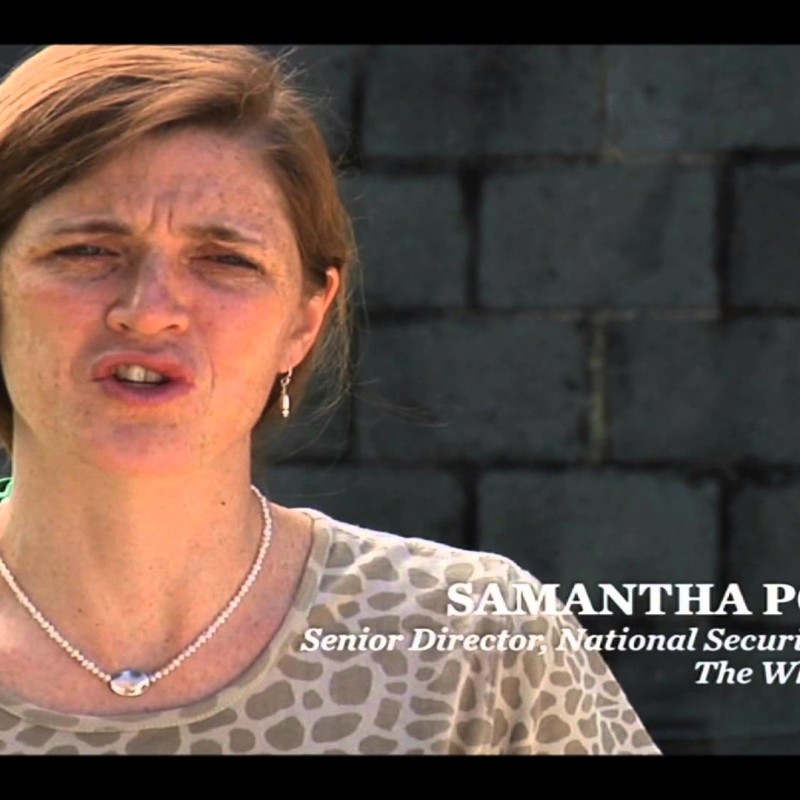Tackling Slavery with the International Justice Mission
By Jacqueline Justice
Published on March 27, 2014 in The Cavalier Daily
Student group tries to bring human rights awareness to Grounds via film screening
How are we supposed to react to the realization of an irrefutable injustice, one which is difficult to recognize, comprehend and ultimately change?
The University’s International Justice Mission (IJM) chapter doesn’t have all the answers — but they do aim to make the injustice of international slavery well known, and offer feasible methods to address wrongdoing. Looking to aid their overall goal of ending all kinds of slavery around the world, both in the United States and abroad, the organization screened “At The End of Slavery: The Battle for Justice in Our Time” last Thursday night in Newcomb Hall.
“The goal in showing the film is to raise awareness, so that people recognize that slavery is real and as brutal as it has ever been,” second year College student Amy Scheel said.
Third year College student and IJM president Elizabeth Stewart described the film as “eye-opening,” and said the film differs from others about human slavery and trafficking of its emphasis on hope.
Thirty million people are currently held as modern day slaves, according to the documentary. Two million of these people are children who are exploited in the sex trade.
“It has been called by a great many names and it will call itself by yet another, and all of us had better wait and see what new form this old monster will assume,” 19th century social reformer Frederick Douglass famously said. With many Americans associated slavery with the Civil War era, the film aims to draw new awareness, using this quote at its inception to demonstrate this problem is not — and may never completely be — resolved.
The film then goes on to explain logistical reasons slavery still occurs. According to the film, economics play a major role. When slavery was legal, slaves were worth near $30,000, but since its ban, people can capture and sell other humans for less than $100 apiece, making them more disposable.
“It’s like how it’s cheaper to make cars because of assembly lines,” second-year College student Rachel Prestipino said. “It’s cheaper to buy and sell people when there’s no regulation.”
The film emphasized IJM’s role in training police and investigative bureaus to find the perpetrators and punish them in a severe fashion to set an example.
Stewart said she hoped students would “leave feeling empowered to do something about it and actually affect real change.” To create this motivation, the crowd of close to 50 students broke into smaller groups for discussion on how we as students can impact change.
First-year College student Elizabeth Surratt mentioned a free app, “Good Guide,” which ranks everyday products on their levels of health impacts, environmental effects and social impact, allowing consumers to purchase products were not manufactured using slave labor.
Overall, the group agreed its size should not be an impediment to action.
“Our awareness needs to move from celebrating IJM’s successes to taking part in it,” third-year College student Andrew Talbot said. “We need to be responsible consumers. It’s less important for a few people to do this perfectly than for a bunch of people to put forth effort.”
